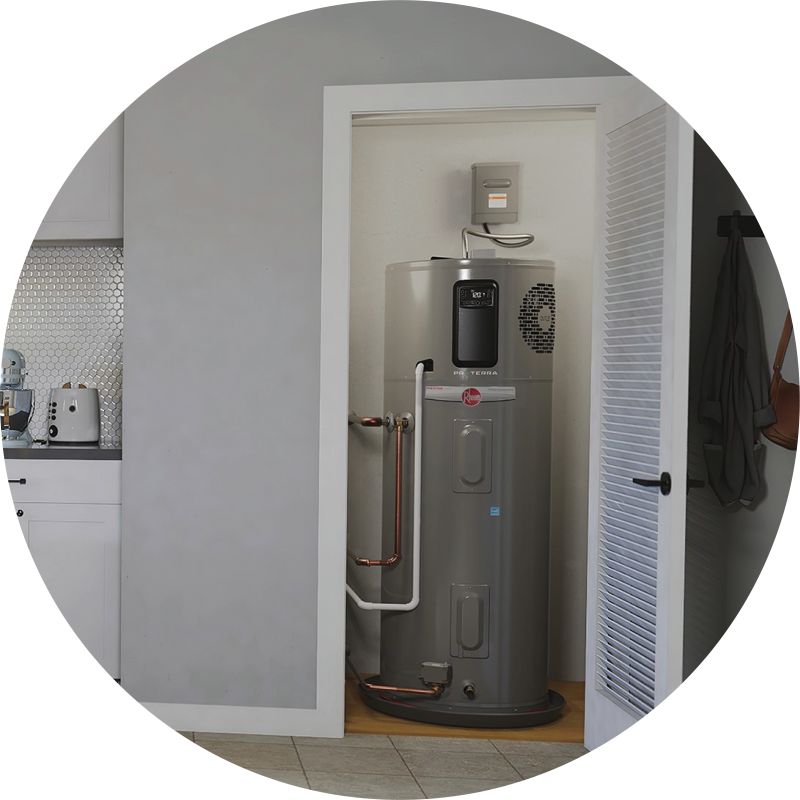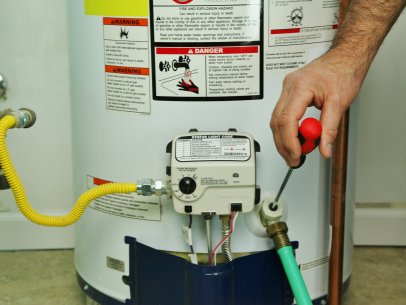Efficient Strategies for Caring for Your Home's Hot Water SystemEffective Techniques for Maintaining Your Home's Hot Water SystemTips on How to Maintain Your Home's Hot Water System in Good Condition
Click Here!What're your ideas concerning What Kind of Maintenance Do Water Heaters Need??

Hot water is vital for day-to-day comfort, whether it's for a refreshing shower or cleaning dishes. To ensure your warm water system runs successfully and lasts longer, normal upkeep is key. This article gives practical tips and understandings on just how to maintain your home's hot water system to avoid disturbances and costly fixings.
Intro
Keeping your home's hot water system might seem challenging, but with a few simple actions, you can ensure it operates efficiently for many years to come. This guide covers every little thing from recognizing your warm water system to do it yourself maintenance suggestions and understanding when to call in specialist help.
Relevance of Keeping Your Hot Water System
Routine maintenance not only prolongs the life expectancy of your warm water system but likewise ensures it runs efficiently. Neglecting upkeep can bring about lowered performance, higher energy expenses, and also early failure of the system.
Indications Your Hot Water System Demands Maintenance
Knowing when your warm water system requires focus can avoid major concerns. Watch out for indicators such as inconsistent water temperature level, unusual sounds from the heater, or corroded water.
Recognizing Your Warm Water System
Before diving into upkeep tasks, it's valuable to comprehend the basic parts of your warm water system. Generally, this includes the hot water heater itself, pipelines, anode poles, and temperature level controls.
Monthly Upkeep Tasks
Regular regular monthly checks can aid capture minor issues prior to they escalate.
Purging the Water Heater
Flushing your hot water heater eliminates sediment buildup, enhancing performance and lengthening its life.
Monitoring and Replacing Anode Rods
Anode poles prevent rust inside the container. Evaluating and replacing them when worn out is vital.
Examining and Adjusting Temperature Setups
Adjusting the temperature level settings makes certain optimum efficiency and security.
Do It Yourself Tips for Maintenance
You can do several maintenance tasks yourself to keep your warm water system in leading problem.
Checking for Leakages
Routinely examine pipelines and links for leaks, as these can result in water damage and greater costs.
Checking Pressure Alleviation Valves
Examining the pressure safety valve guarantees it operates correctly and protects against too much pressure buildup.
Insulating Pipelines
Insulating hot water pipelines lowers warm loss and can save energy.
When to Call a Specialist
While do it yourself upkeep is helpful, some issues need specialist competence.
Facility Problems Requiring Professional Help
Examples include major leakages, electrical troubles, or if your hot water heater is consistently underperforming.
Routine Professional Maintenance Perks
Expert maintenance can include complete examinations, tune-ups, and making certain conformity with safety and security criteria.
Verdict
Routine upkeep of your home's warm water system is necessary for efficiency, longevity, and price savings. By following these pointers and understanding when to seek expert assistance, you can ensure a dependable supply of warm water without unexpected interruptions.
How to Maintain an Instant Hot Water Heater
Before tinkering with your hot water heater, make sure that it’s not powered on. You also have to turn off the main circuit breaker and shut off the main gas line to prevent accidents. Also turn off the water valves connected to your unit to prevent water from flowing into and out of the appliance. 2. When you’re done, you have to detach the purge valves’ caps. These look like the letter “T” and are situated on either side of the water valves. Doing so will release any pressure that has accumulated inside the valves while at the same time avoid hot water from shooting out and burning your skin. 3. When the purge valves’ caps are removed, you have to connect your hosing lines to the valves. Your unit should have come with three hoses but if it didn’t, you can purchase these things from any hardware or home repair shops. You can also get them from retail stores that sell water heating systems. Read the user’s manual and follow it to complete this task properly. When the hosing lines are connected, open the purge port’s valves. 4. You should never use harsh chemical cleaners or solutions when cleaning your unit. Make use of white vinegar instead. It should be undiluted and you’ll probably use about 2 gallons. 5. Now flush your water heater. This task should probably take about 40 minutes. We can’t give you specific directions for this because the procedure is carried out depending on the type, model and brand of your heater. With that being said, refer to the user’s manual. 6. When you’re done draining the unit, you have to turn off the purge port valves again. Remove the hosing lines that you earlier installed on each of the water valves. Put the valve caps (purge port) back in their respective places and be very careful so as not to damage the rubber discs that are found inside these caps. 7. Now that everything’s back in place, check your user’s manual again to find out how to reactivate your water heating system. 8. Once it is working, turn one of your hot water faucets on just to let air pass through the heater’s water supply pipes. Leave the tap on until water flows smoothly out of it. https://www.orrplumbing.com/blog/2014/september/how-to-maintain-an-instant-hot-water-heater/

We hope you liked our excerpt about Tips on Maintaining a Water Heater. Thanks a lot for taking time to browse our blog post. Sharing is good. You won't know, you may very well be helping someone out. I appreciate your readership.
Estimate